Need advice? Call Now, Schedule a Meeting or Contact Us



In this article, we will go over:
Stakeholders are people who have, in one way or another, an interest in and are impacted, whether positively or negatively, by the current project. An individual or an organisation can represent stakeholders. They hold an important role in the project as they greatly influence it, and no project can succeed without their presence and input.
The keyword when it comes to stakeholders is engagement. A project manager should work towards the best engagement of stakeholders possible. Working together with stakeholders will ensure healthy relationships and good communication, which will help with the smooth functioning of a project.
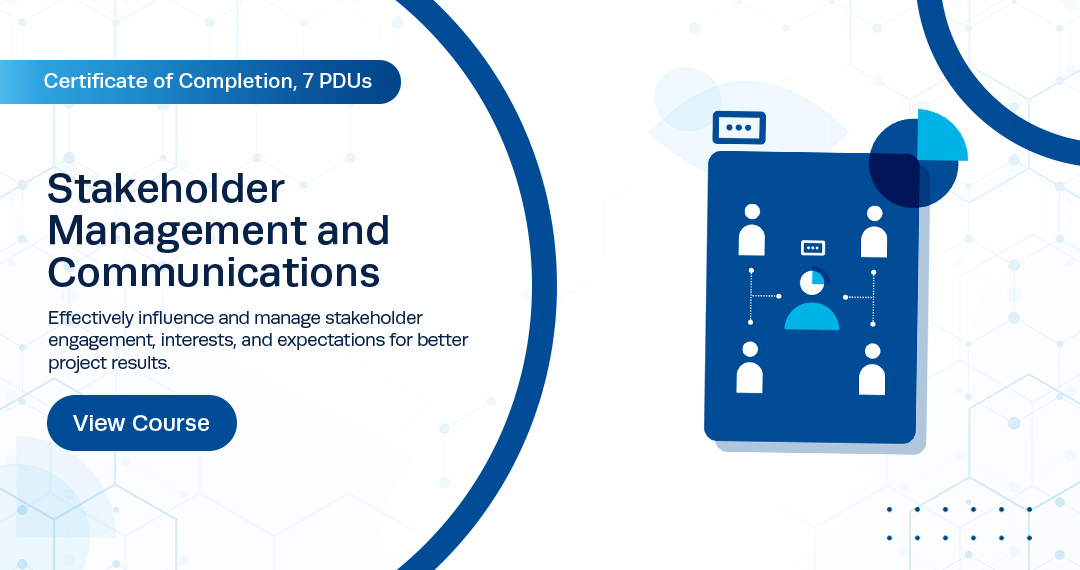
A stakeholder's influence is the strongest at the beginning stages of a project. Seeing as there are often changes during the life cycle of a project, stakeholder's engagement drops once the progress takes momentum. This is because, at that point, the price of altering the direction or stopping it completely becomes high and unprofitable. But this does not mean they give up on the project as their engagement rises again near the end of it. That is why managing stakeholders' expectations is important to ensure that the project meets their needs the best it can and is favourably accepted.
Influencing stakeholders can be a nightmare as there can be a considerable amount of them with different levels of involvement, requirements, interest and power of their interest in manipulating the project. This is why there are two types of stakeholders.
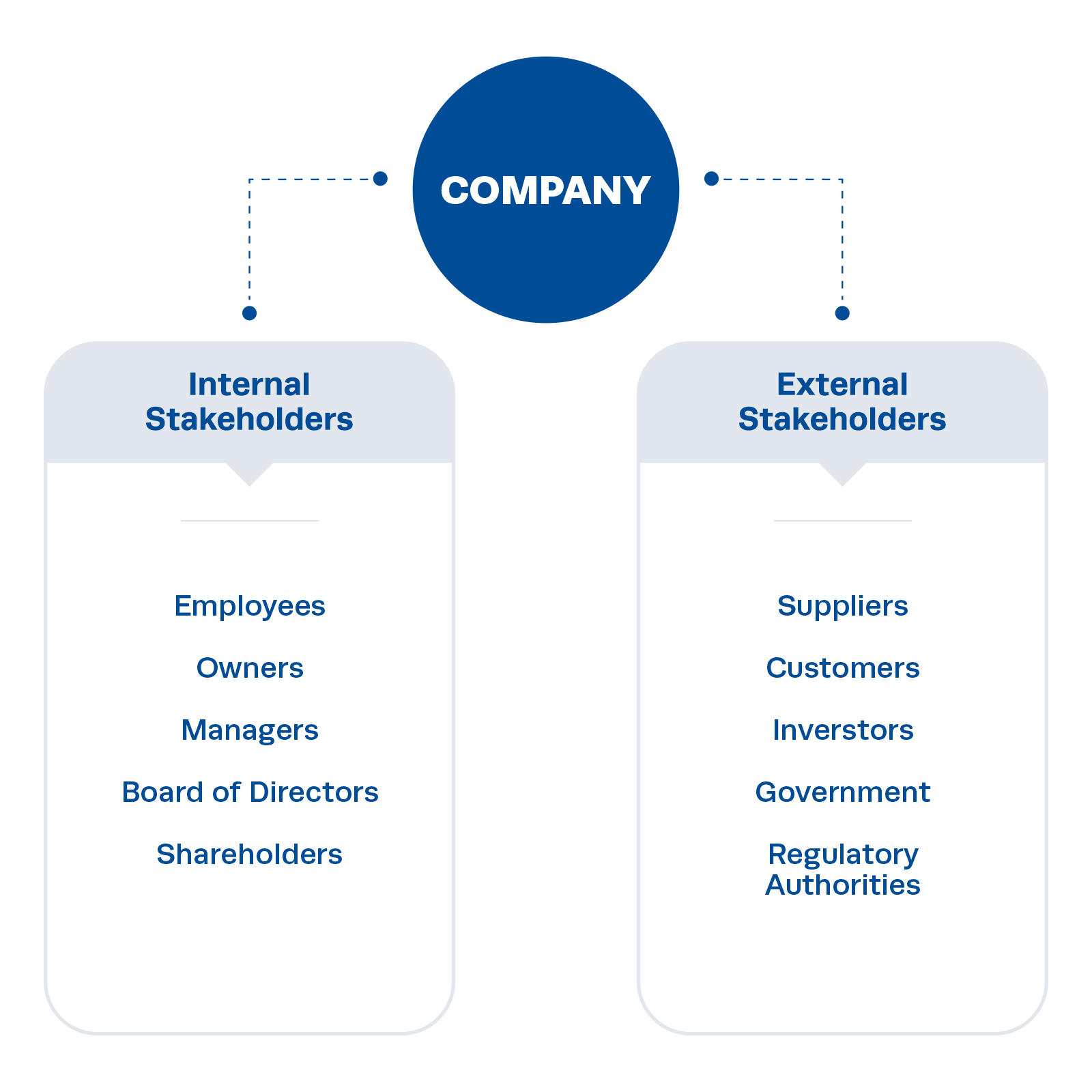
The project stakeholders can be separated into two types- internal and external stakeholders, depending on their position in the organisation or as a client.
Managing the internal stakeholders is often more problematic than managing the external ones. Usually, it is difficult even to identify who is a client as that "client" is more of a representative of an entire client organisation. This person has the difficult task of juggling a whole range of requirements coming from the client organisations, resulting in them becoming a subject of many different influences that may affect the project. Unless the "client" takes a firm stance, there is no way of avoiding the influence of different participating stakeholders.
This makes the decision-making process much more complex. The "representative" has to negotiate with stakeholders about stakeholder interests. Generally, this representative acts like a filter - all the information passes through them from stakeholders to the project management team members and back. Finding the right solution is difficult when you have to satisfy the goals of most individuals who have an interest in the project, as well as prevent those whose goals weren't met from obstructing it.
Internal stakeholders could be anyone within the organisation. Most commonly, they are the eventual project users, but they could also be representatives like managers or other employees, trade unions, etc. They all have a stake in the project and can all affect it directly or by influence.
External stakeholders are people or organisations who are not part of the client organisation but are interested in the project. This type of stakeholder includes investors, suppliers, customers, regulatory authorities (such as planning authorities and special regulatory authorities), the local community, government press, and media, as they greatly influence how the project is perceived.
This type of stakeholder also includes shareholders. So, let us make a simple distinction between those two terms: shareholders are always stakeholders in an organisation, but stakeholders are not always shareholders. A shareholder owns a part of an organisation through shares of stock, meaning he invested in it, while a stakeholder has an interest in the performance of an organisation for reasons other than stock performance or appreciation. This often means that stakeholders have a greater need for an organisation's actions to bring long-term success.
This is where we should also mention stakeholder theory, as it is one of the main considerations in the study of business ethics. Stakeholder theory is a view of capitalism that stresses the interconnected relationships between a business and its customers, suppliers, employees, investors, local community and others who have a stake in the organization. The theory argues that an organisation should create value for all stakeholders, not just shareholders.
One of the main problems of managing external stakeholders is the sheer number of people involved and the fact that their levels of power and interest differ remarkably. That is why having done a stakeholder analysis can help significantly with stakeholder management.
The stakeholder analysis can be used to understand the stakeholder environment and determine the key stakeholders, which will help us to prioritise management resources. For each project, there are many interested "customers" or investors whose interest in the project might change depending on each project phase. The project execution is affected by these potential stakeholders, and determining their stakeholder impact and how much they want to be involved will help minimise potential risks of sabotage and have better outcomes. That is a short explanation of the importance of stakeholder analysis. Further, it consists of three steps: identifying stakeholders, prioritising stakeholders and finally, understanding them. These three steps are later crucial for successful stakeholder management.
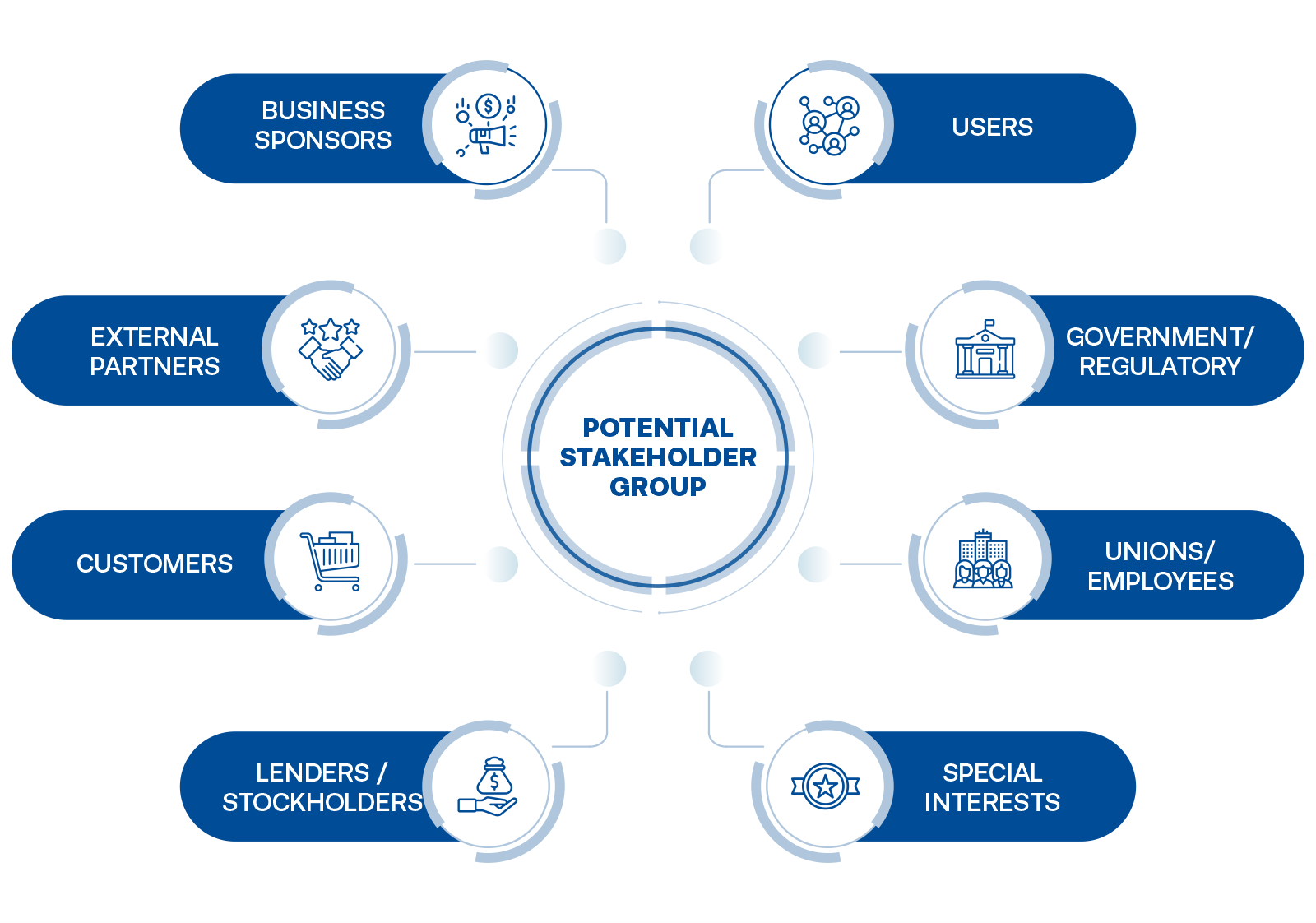
The first step is to identify stakeholders because you have to know who the potential stakeholders are to manage them. With the help from the team, list them all out. Once stakeholders are identified, they should be placed in one of the groups so a stakeholder register can be developed. That register is meant to contain information on stakeholders and help manage the various stakeholder groups. The result of being able to differentiate between key and other stakeholders is why you need to identify stakeholders.
This is the stage where we should make initial contact with each stakeholder. Providing the introductory information on the project should help establish a good relationship. They might wish to express their opinions and views on the project and the process of its execution phase. They will express the ways they wish to be contacted and which information is of interest to them. The dynamics of the project will require regular communication. Therefore, it is crucial to start right.
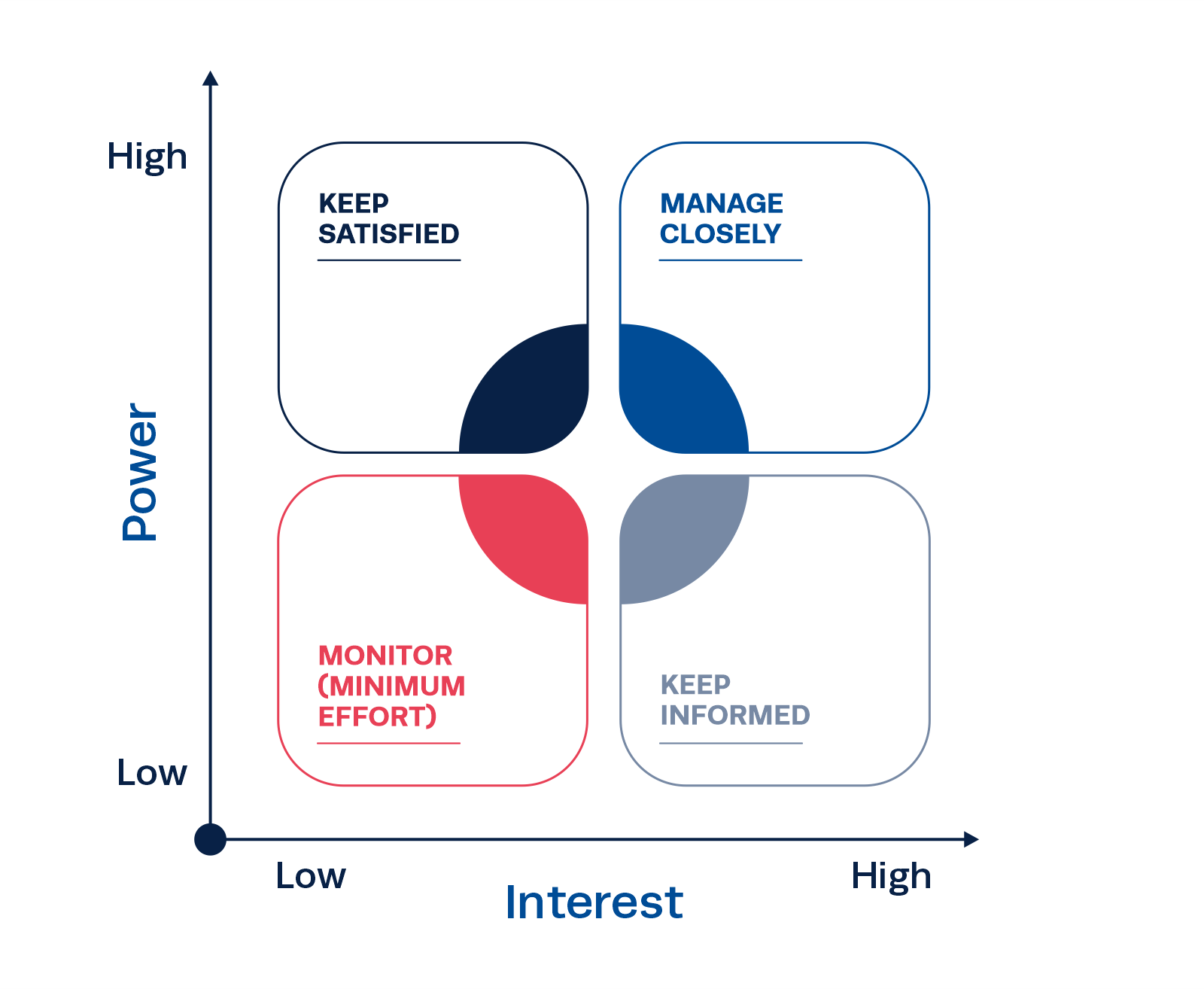
The next step in stakeholder analysis is to decide what level of power and interest each project stakeholder has to influence the project. Prioritising is important because it helps understand the key decision-makers and where to invest your resources. For this step, it's helpful to have the stakeholder analysis matrix as it offers a way of grouping stakeholders, enabling us to understand them better.
This grid is divided into four quadrants based on their vertical and horizontal axis position, representing power and interest. Before placing any stakeholder in one of the four quadrants, you should try to answer the two key questions:
Eventually, all stakeholders should fall into one of the four categories:
Some stakeholders hold little power and don’t show significant interest in the project. They are important, yet they will not be the centre of the project manager’s attention. However, they should not be overlooked and dismissed. The best strategy is to monitor them. The goal here is to prevent the low-power, low-interest stakeholders from taking a negative stance towards the project. That is why regularly reaching out is a good idea with these stakeholders.
Some stakeholders may not have as much power and influence on the project, yet they are very interested. Keeping them informed will ensure they do not lose interest and remain positive towards the project. Again, regular communication will keep them engaged and interested.
High-power yet low-interest stakeholders are very important for a successful project. They may influence a lot, and, unfortunately, not pleasing them may result in delays or even failure of the project. The best way to engage with them is to ensure they are satisfied. Satisfying the high-power project stakeholders can lead to their increased interest in the project.
This is the most important group of stakeholders. Besides holding power, they are already interested in the project, and they may be a great asset to it. It only makes sense to engage these key stakeholders in the process and consult with them regularly. While none of the four stakeholder groups should be overlooked, the focus of the project manager should be on this particular group, devoting time and attention to building a stronger relationship.
Knowing who to prioritize helps managers understand which stakeholders to focus on. This means the "main players" should get meetings or interviews where the discussion is led on the following topics: what are their expectations for the project, what they consider a successful project, how will they be affected by a project's outcome (be it positive or negative), etc. These are just some examples that help you determine whether there are any anticipated conflicts of interest with other stakeholders that you need to be aware of.
Another benefit is knowing their interpersonal preferences and building relationships with them. While doing this, try to pick up on political, cultural or environmental cues. This helps predict how the key stakeholders will interact with each other and with other stakeholders. Knowing this information is helpful for future decision-making processes.
Once this step is done, the stakeholder analysis is complete. Strategic management should use the results gathered from the analysis to form the basic stakeholder management and communication strategy for a successful project.
Managing stakeholders is a process that occurs every day during the project. It involves communicating and working with stakeholders to meet their needs and expectations, address issues, and foster appropriate project stakeholder involvement. The main benefit of this process is that it increases support and minimises resistance from stakeholders. For stakeholder management, project managers use the information gathered during stakeholder analysis. There are three actions project management team members should do once they understand which stakeholder approach and project plan to use.
Stakeholders are a part of the project from beginning to end, no matter what level of involvement they want. For that reason, keeping them up-to-date ensures they feel valued. This way, you are constantly in touch with their wants, needs, and expectations, which later helps you minimise the risks of their disagreement and last-minute alterations contributing to cost problems. This is especially true for key stakeholders who hold a lot of influence and can even try to sabotage the project. On the other hand, project managers should not fall into the trap of indulging every stakeholder's wants as that puts the project's success at risk.
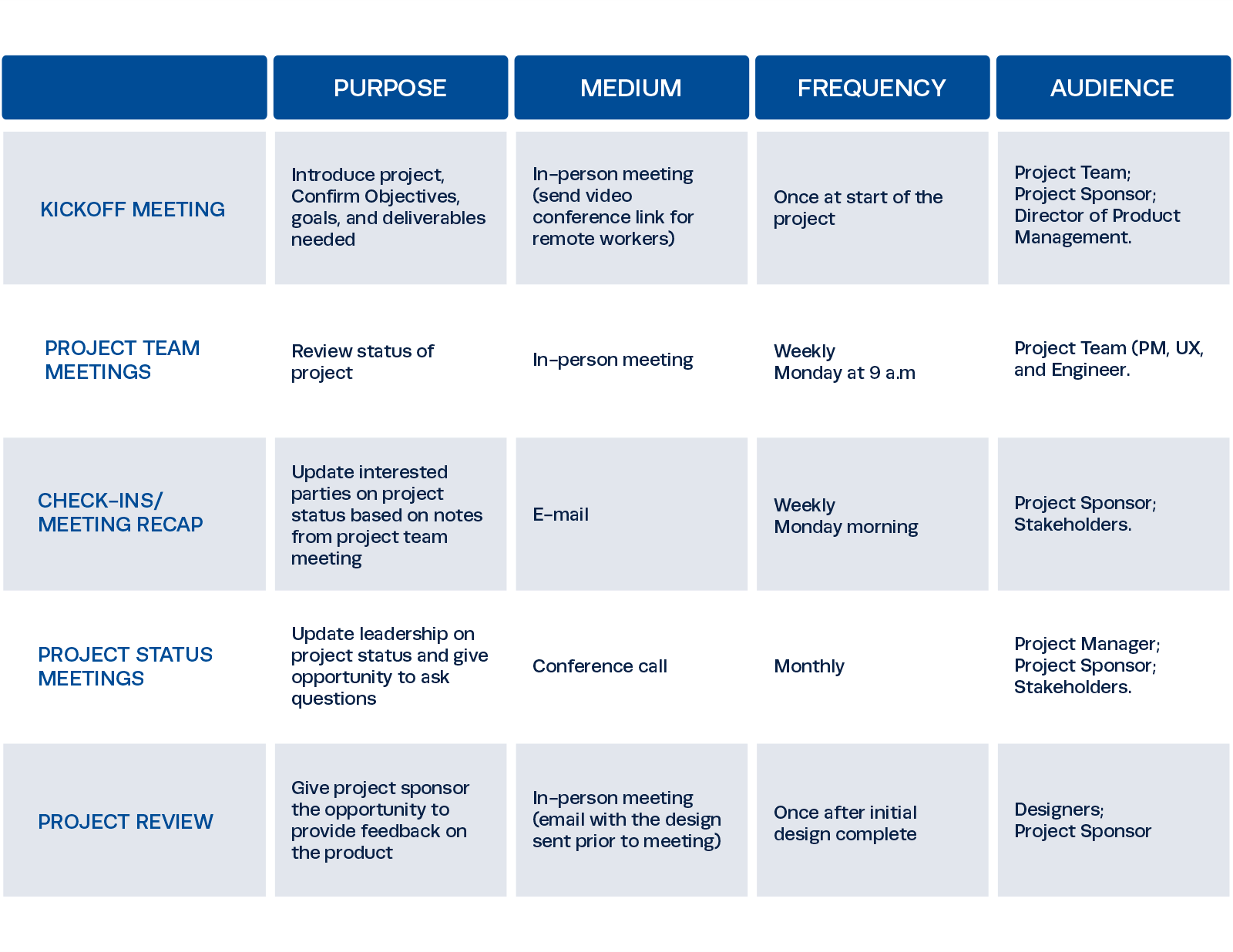
The previously mentioned involvement would not be possible without a proper communication plan. The communication plan describes a strategy for providing the right information to people in their preferred format. This plan describes which methods, formats, and technologies should be used for stakeholder communication. In other words, it ensures the process is functioning smoothly.
For this, we are using the knowledge gathered from identifying stakeholders, as we have already established their preferred communication methods and noted which information interests them. A matrix is also useful for a communication plan as we know who has the most power to influence the project's outcome.
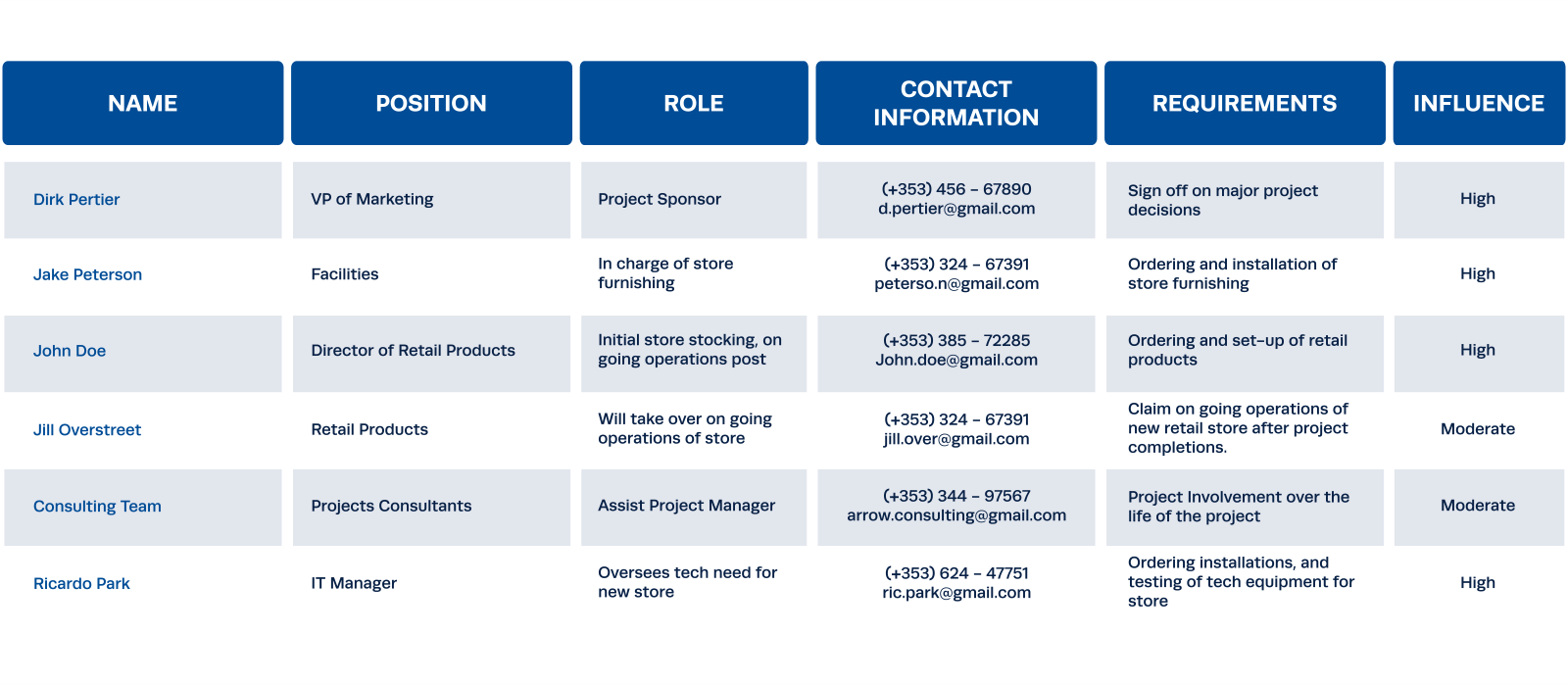
And finally, all of the above information should be recorded on a spreadsheet. Having all the information about each individual project stakeholder helps you be on top of everyone's roles and responsibilities during each project phase. A clear understanding of a project plan helps keep everyone on the same page.
This register will help you keep track of priorities and ensure that you’re always driving the project in the right direction and keeping the right people informed at the right times.
To sum it up - without stakeholders, there would be no projects. Engaging project stakeholders can bring many benefits to the project. They can get involved in the decision-making process and influence the organisation's actions in a way that is helpful to the project management team. Stakeholders' investment can be a valuable source of information, not only for education but also for building relationships. Fostering good relationships is necessary in the project management world, and engaging with influential groups increases the chances of success.
So, a short answer to the question "Why are stakeholders important?" is for achieving better outcomes, whether it’s education, connection, engagement or profit. And what is the best way to engage with stakeholders? Let us quickly recap the importance of stakeholder analysis and stakeholder management processes in project management:
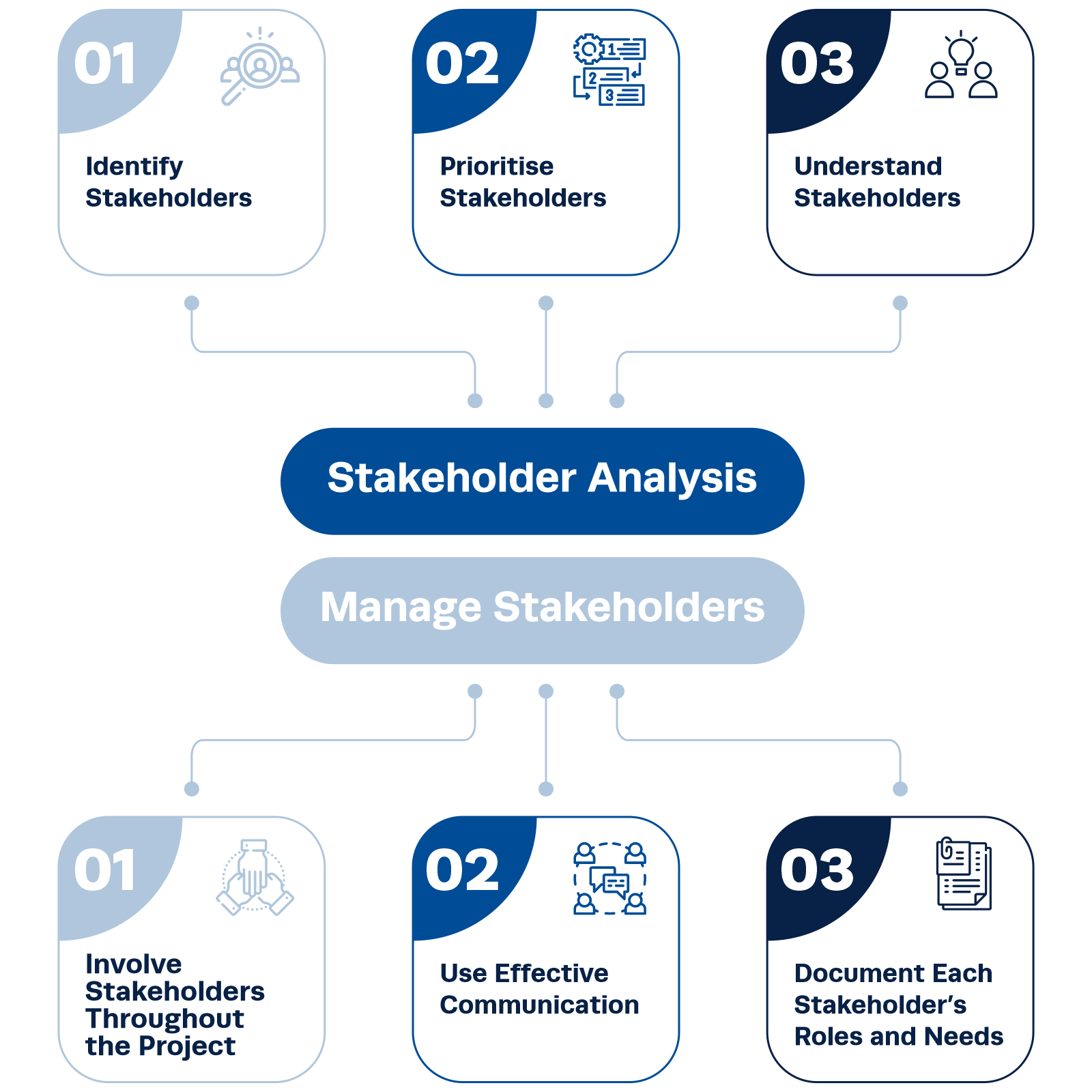
Now that you are familiar with their importance for the project, you might wish to improve your stakeholder relations. To help you with that, the Institute is offering our Stakeholder Management and Communications course. This course focuses on teaching you how to manage their interests and expectations and have the best possible stakeholder engagement.
Download Stakeholder Analysis & Strategy Template









We use cookies to ensure you get the best experience of our website. By clicking “Accept All”, you consent to our use of cookies.

 Speak to an Advisor
Speak to an Advisor




